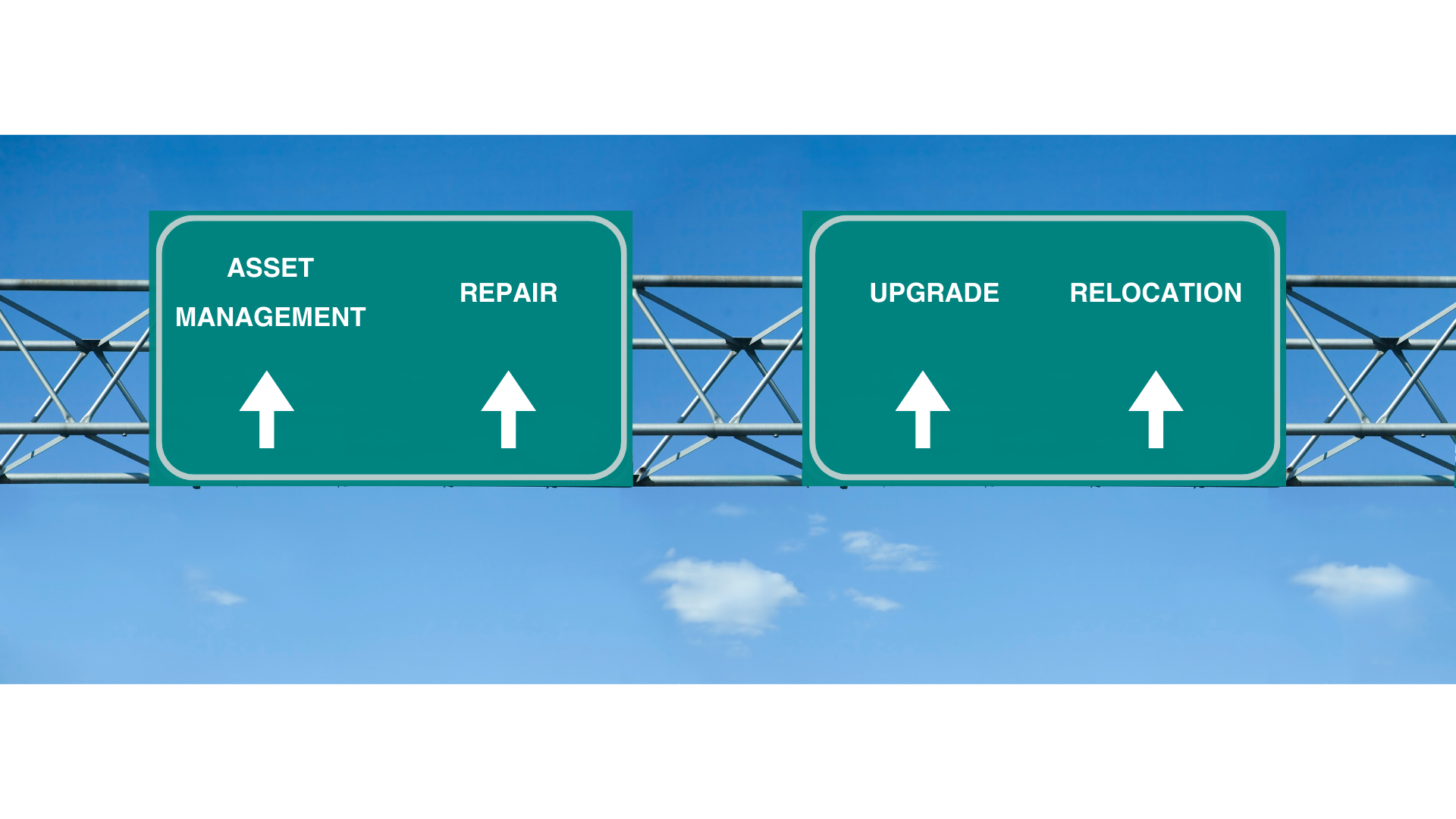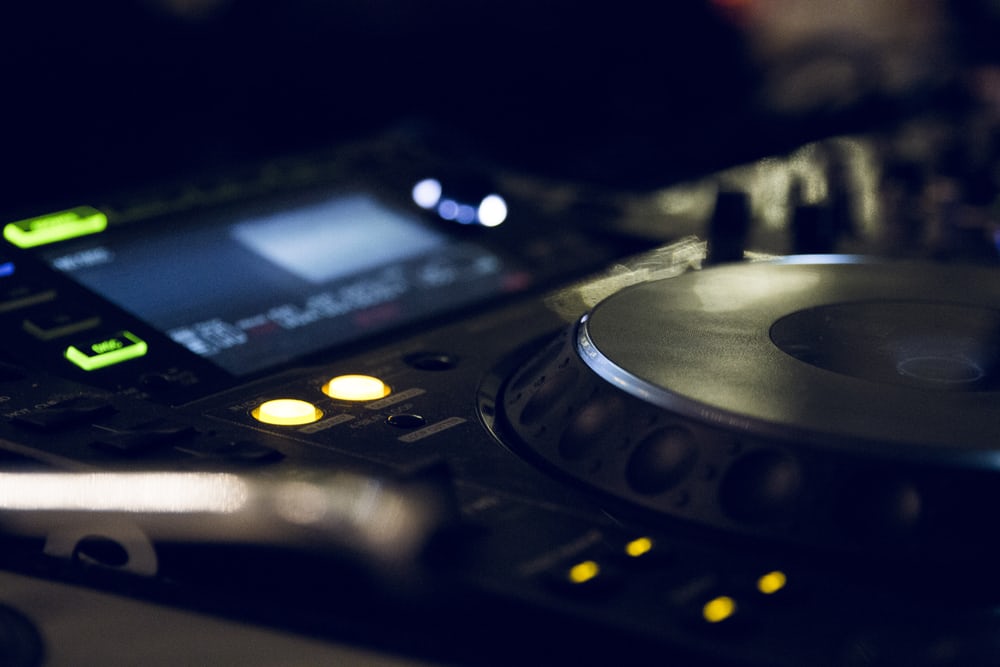Used Equipment Sales Strategy – An Overview On Creating An Asset Life Cycling Program – Part 2

All equipment rental companies have an opportunity to better serve their customers and investors now and into the future by leveraging used equipment sales to improve their asset base and cash flow. Incorporating a well thought out equipment life cycling program can greatly increase the quality of rental equipment and associated ROI/ROA values, while simultaneously decreasing maintenance costs and capital expenditure requirements to maintain and grow your rental inventory over time.
The following is the second in a series of posts that will outline the recommended structure of a successful asset life cycling program and address implementation.
Asset Depreciation- When a cap-ex investment occurs, the value of the associated assets should be captured in the companies financials using a straight line depreciation strategy. The depreciation schedule should be determined by the assets category, which can generally represent its intended inventory lifespan prior to EOS (End of Service).
- When formulating depreciation schedules, they should NOT be stretched to the maximum usable life of a product but instead should be minimized to capture the most rental revenue while retaining maximum resale value at the point of EOS. One way to approach this is to assign Depreciation Tiers to every asset category. These tiers should be used to determine EOS eligibility and therefore the date at which equipment can be disposed of by the predetermined method (i.e. resale):
- Tier 1 – 2 years: This should include any digital equipment such as lighting/audio/video control consoles, computers and IT equipment, all lighting fixtures, wireless systems, video monitors/TV’s, and any other equipment based on rapidly evolving technology that is capable of generating a sufficient rental return in under this time frame.
- Tier 2 – 3 years: This should include slower moving tech such as video projectors, audio amplifiers/processors, highly expensive digital equipment such as LED panels, cameras and video switching gear, and certifiable equipment such as truss, chain motors, and automation.
- Tier 3 – 5 years: This should include most support equipment that does not have digital processing and is generally more mechanical in nature, such as speaker cabinets, projector screens, power distribution, cable, etc. This should also include camera lenses as they retain their value quite well over time as long as they are well maintained.
- *If asset-backed financing is involved, special attention should be given to assigning appropriate depreciation schedules. Specific approval thresholds should also be established prior to asset sales occurring to insure that the asset base is not significantly reduced without commensurate cash influx from sale proceeds.*
Next, we’ll take a look at how to think about what should and shouldn’t be sold, and when. If you missed Part 1 of this series discussing Predetermined EOS strategy, you can find it here.
